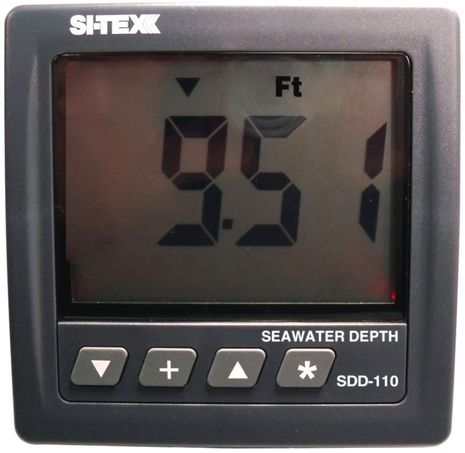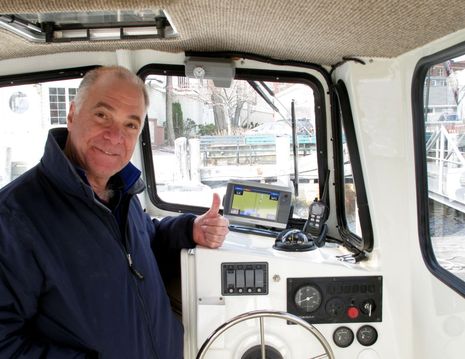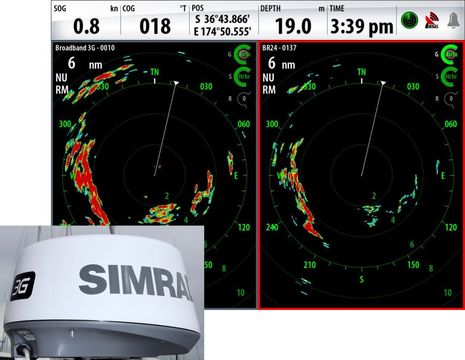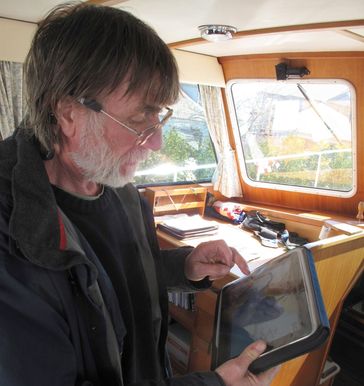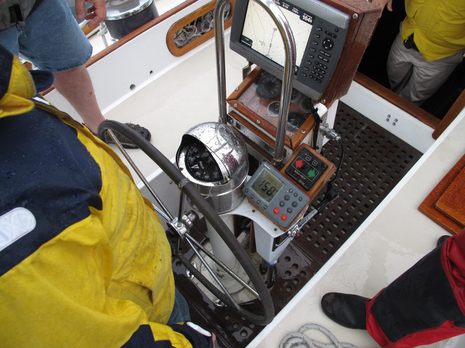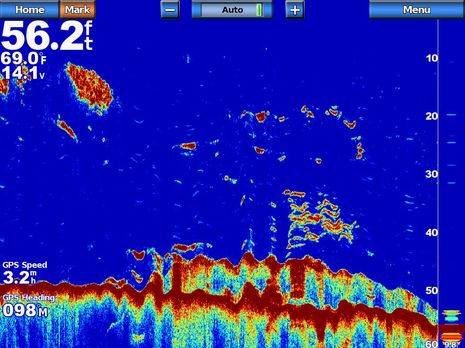Standalone, economical instruments; Si-Tex finds it niches?
I sometimes wonder how the smaller marine electronics manufacturers will get along as more and more boaters seem to go with systems centered on do-it-all MFDs from the Big Four brands. So it’s good to read on the Si-Tex home page that the company turned a profit in its first year under new management. The trick seems to be filling niches that the big boys have largely abandoned, like the new standalone SDD-110 Digital Depth Gauge above, which will drop right into the hole left by a venerable Datamarine Offshore Sounder and only retails for $349, excluding an ‘inexpensive’ transducer…



